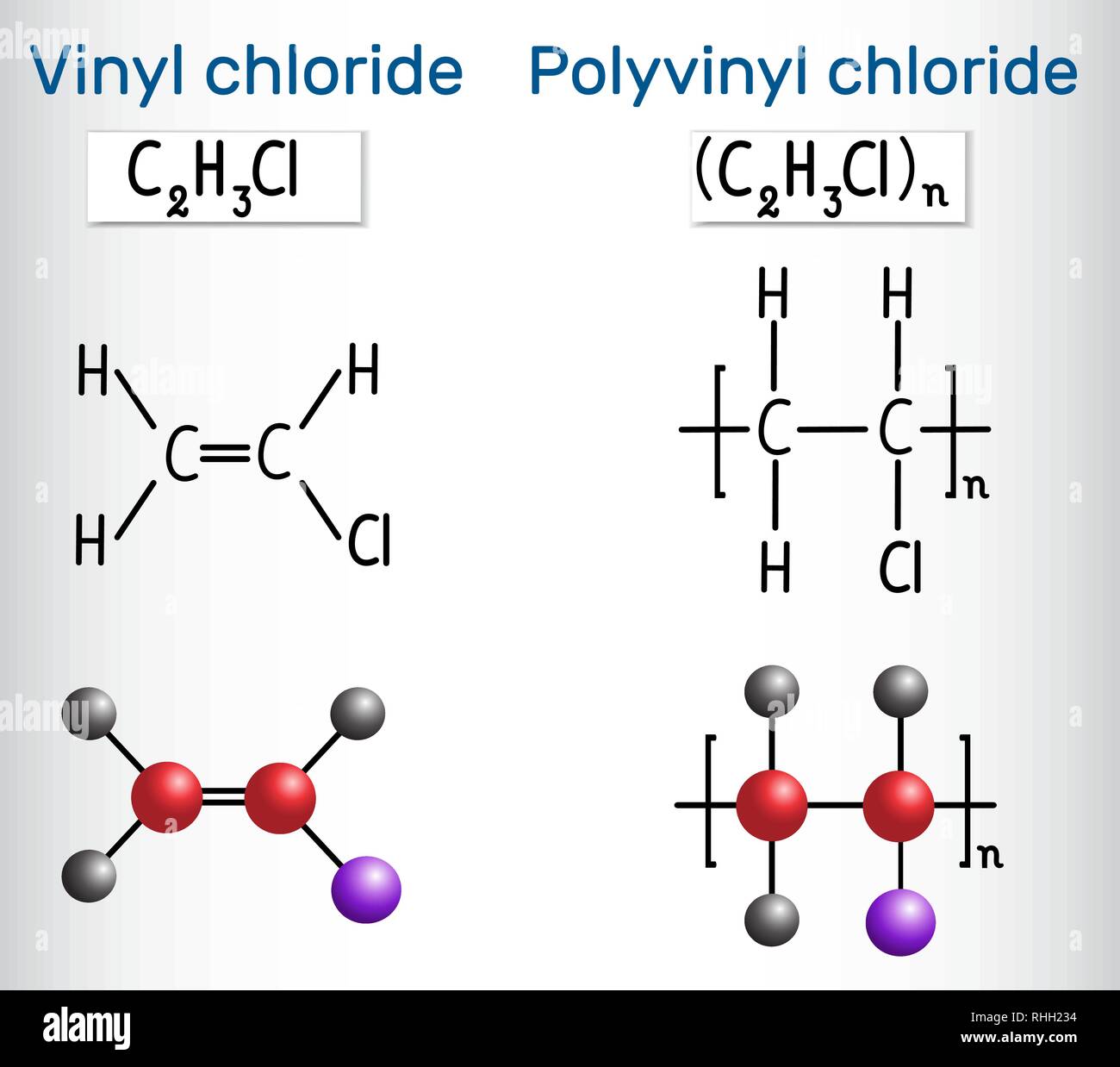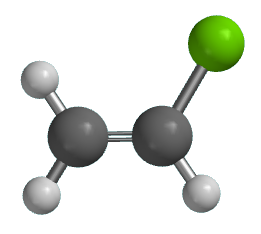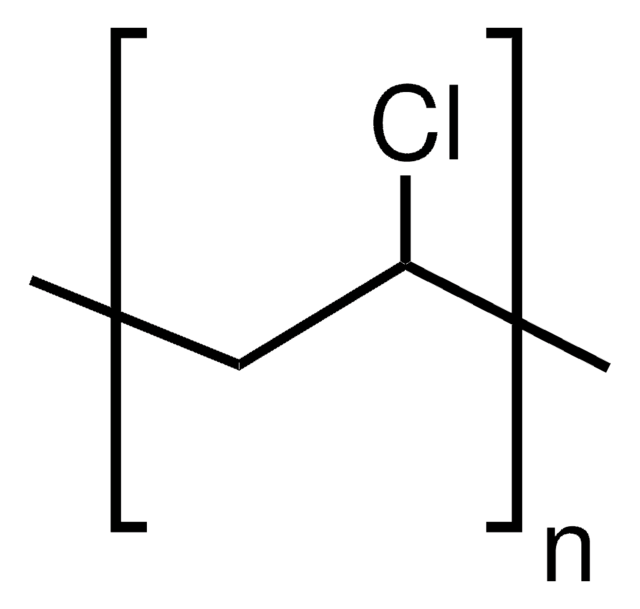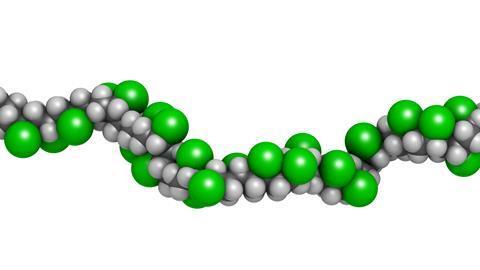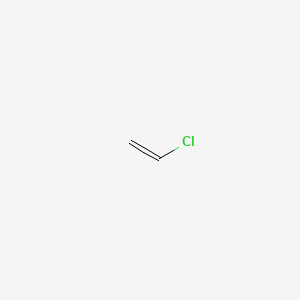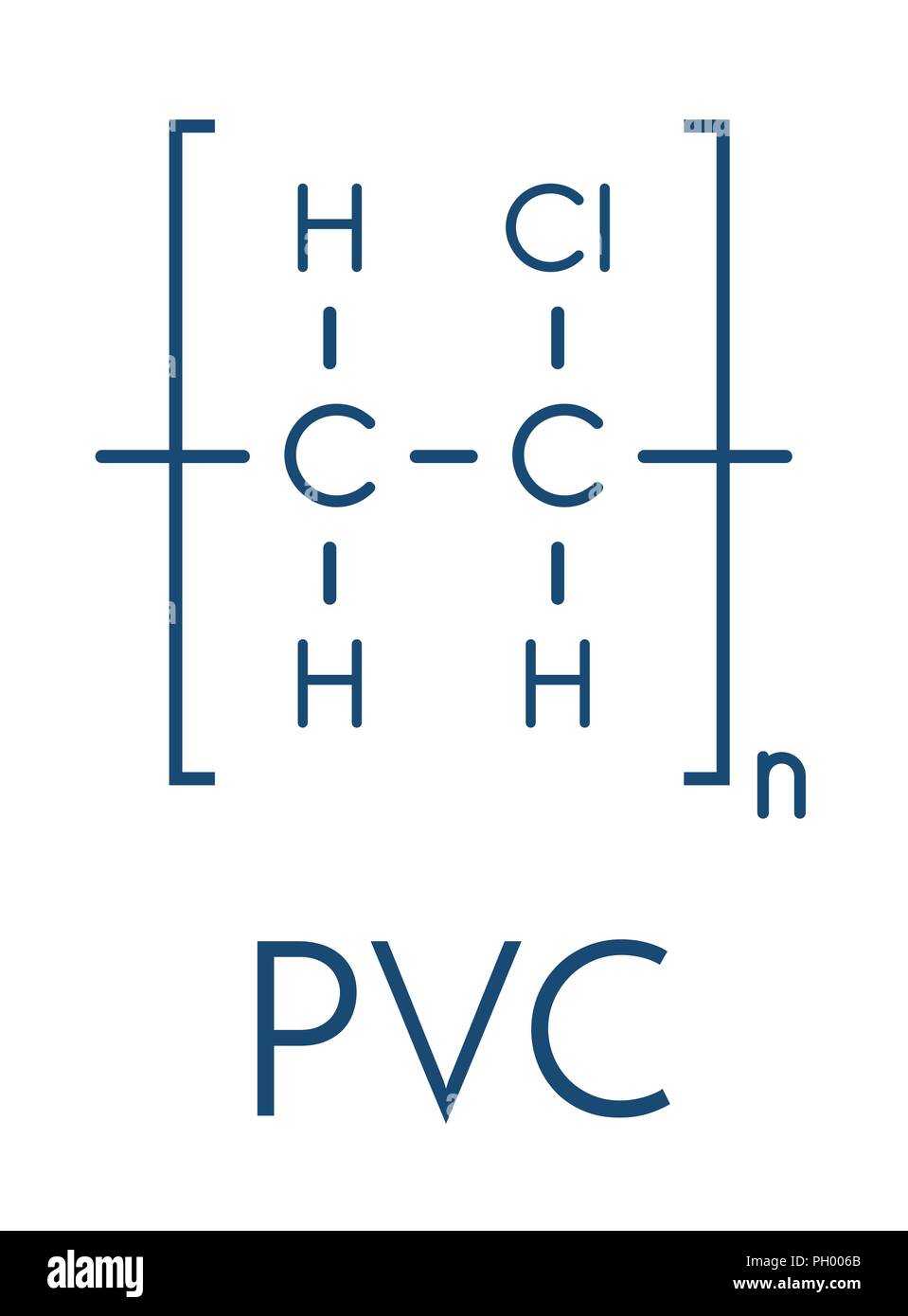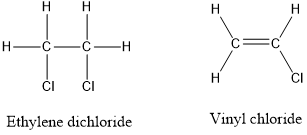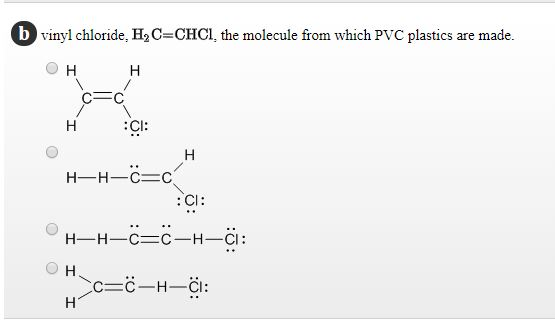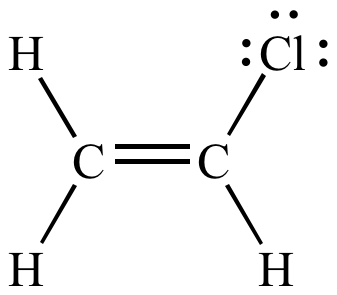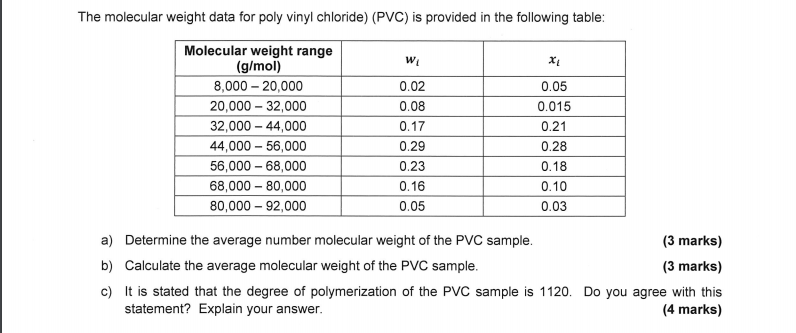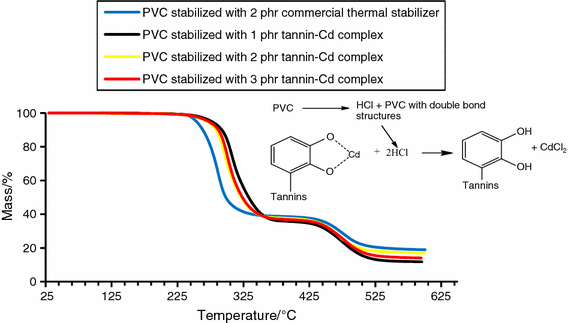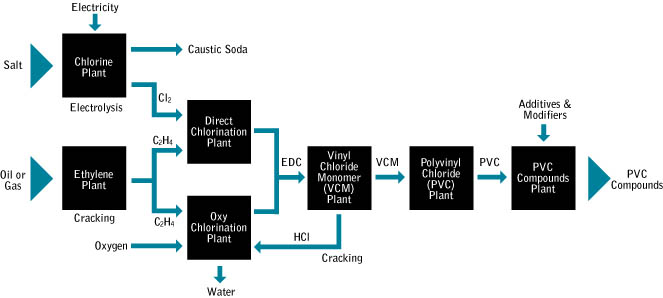Vinyl Chloride Molecule
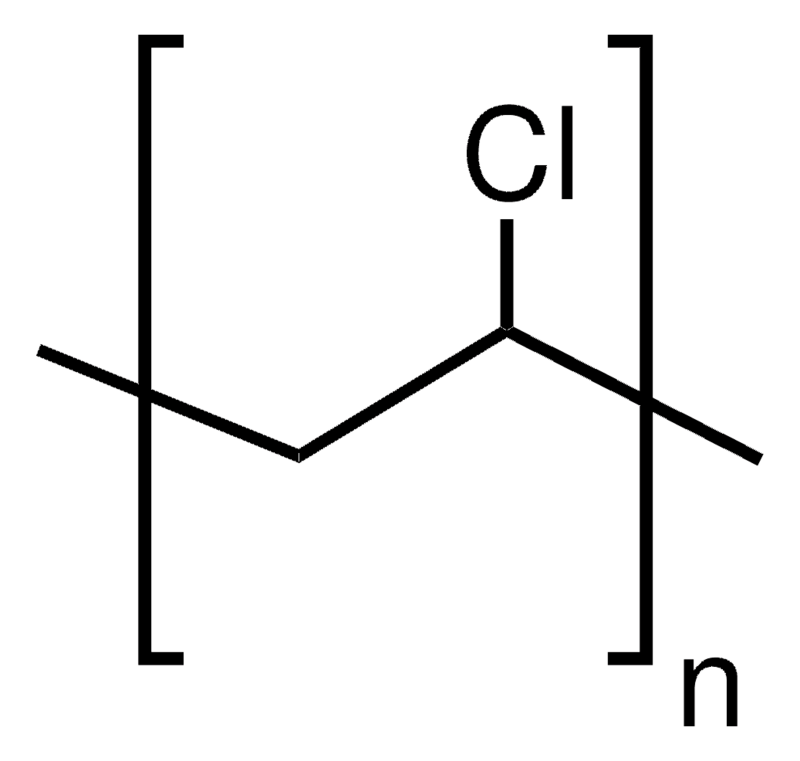
Vinyl chloride is used primarily to make polyvinyl chloride pvc.
Vinyl chloride molecule. Average mass 62 498 da. The united states currently remains the largest vcm manufacturing region because of its low production cost position in chlorine and ethylen. Vinyl chloride is a colorless gas that burns easily. Pvc is the world s third most widely produced synthetic plastic polymer after polyethylene and polypropylene.
It is a toxic and carcinogenic gas that is handled under special protective procedures. Vinyl chloride also called chloroethylene a colourless flammable toxic gas belonging to the family of organohalogen compounds and used principally in making polyvinyl chloride or pvc a widely used plastic with numerous applications. Vinyl chloride is an organochloride with the formula h2c chcl that is also called vinyl chloride monomer or chloroethene. Vcm is among the top twenty largest petrochemicals in world production.
Pvc is used to make a variety of plastic products including pipes wire and cable coatings and packaging materials. The major industrial preparation of vinyl chloride begins with ethylene and has two variants. Vinyl chloride h2c chcl or c2h3cl n or c2h3cl cid 6338 structure chemical names physical and chemical properties classification patents literature biological activities safety hazards toxicity information supplier lists and more. Molecular weight 62 50.
Pubchem substance id 24864136. Chloroethene chloroethylene ethylene monochloride monochloroethene monochloroethylene vc vcm vinyl chloride monomer vcm colorless gas or liquid below 7 f with a pleasant odor at high concentrations. Chloroethylene cas number 75 01 4. About 40 million tons of pvc are produced each year.
Shipped as a liquefied compressed gas. Pvc comes in two basic forms. Beilstein reaxys number 1731576. Monoisotopic mass 61 992329 da.
Molecular formula c 2 h 3 cl. This colorless compound is an important industrial chemical chiefly used to produce the polymer polyvinyl chloride. Vinyl chloride 99 5 synonym. Linear formula h 2 c chcl.
Vinyl chloride ch 2 chcl also known as chloroethylene is most often obtained by reacting ethylene with oxygen and hydrogen chloride over a copper catalyst. It does not occur naturally and must be produced industrially for its commercial uses.
